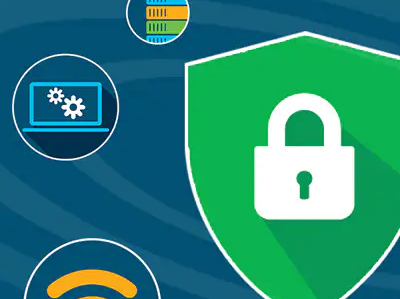
Where do i report cyber crimes in Australia?
In Australia, you can report cyber crimes to the Australian Cyber Security Centre (ACSC) which is the primary agency responsible for cybersecurity in Australia. The ACSC is a part of the Australian Signals Directorate (ASD), which is an intelligence agency responsible for foreign signals intelligence and information security.
You can report cybercrime to the ACSC by visiting their website at www.cyber.gov.au and clicking on the “Report a Cyber Security Incident” button on the homepage. You will be directed to a form where you can provide details of the incident, including the type of attack, the impact on your systems, and any other relevant information.
If the cybercrime involves the theft or loss of personal information, you may also need to report it to the Office of the Australian Information Commissioner (OAIC) which is the agency responsible for protecting personal information in Australia. You can report the incident to the OAIC by visiting their website at www.oaic.gov.au and clicking on the “Report a Data Breach” button on the homepage.
Additionally, if you have been the victim of cybercrime, you may also want to contact your local police station or the Australian Federal Police (AFP) to report the incident.


